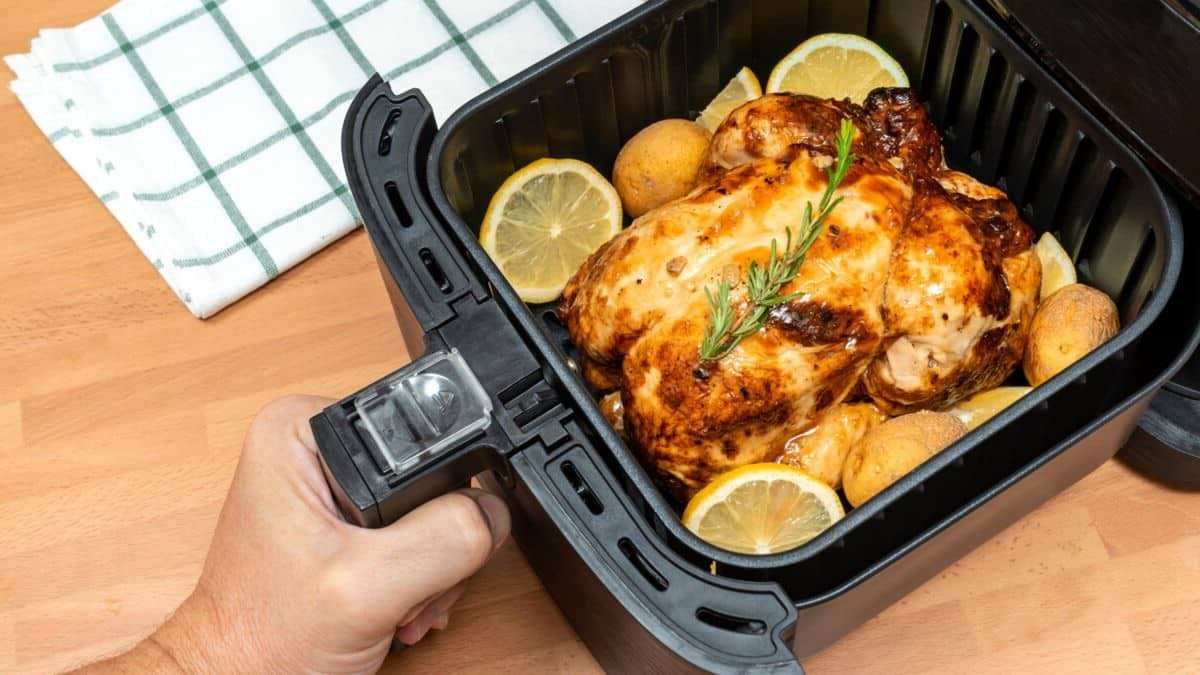The Hidden Downsides of Air Fryers That Sellers Rarely Mention
Air fryers — those sleek, high-tech gadgets also known as hot air fryers — have taken modern kitchens by storm with their promises of healthy, versatile cooking. But before falling for the hype, it’s essential to examine the lesser-known drawbacks that retailers often fail to highlight.
A High Price Tag That Raises Eyebrows
One of the first things to consider is the cost. Quality air fryers can range between €200 and €400. That hefty price might seem excessive if you’re mainly planning to cook fries or other basic dishes.
For many, this investment feels hard to justify, especially if the goal is simply to replace traditional frying methods. The question of value for money arises when comparing with more affordable cooking alternatives.
A Smart Investment?
Spending that much also means ensuring your appliance lasts long enough to justify every euro spent. However, like all electronic devices, repairs or even replacements may come sooner than expected — increasing the total cost of ownership in the long run.
Some savvy shoppers wait for seasonal sales or promotional deals to score a high-end model at a discount. Still, this strategy requires patience and impeccable timing.
Bulky Design: A Kitchen Space Challenge
Another often-overlooked aspect is size. Larger capacity air fryers that can cook multiple portions at once tend to take up considerable counter or cabinet space.
Not everyone has a spacious kitchen, and smaller living spaces may force owners to rethink their layout. Those living in compact apartments may hesitate before adding such a bulky device to their setup.
A Portable Solution?
In response to demand, some brands now offer compact or foldable models. However, these versions often sacrifice capacity or power, which can affect overall performance. It’s crucial to weigh the pros and cons before choosing a smaller model.
Additionally, constantly moving the device between storage and countertop use can become tedious, casting doubt on the convenience that manufacturers promote.
Noise and Ventilation Can Be Distracting
First-time users may be surprised by how loud these appliances can be. Strong internal fans are necessary to ensure even heat distribution, but the resulting noise can disturb calm environments — especially during longer cooking cycles.
In many cases, cooking and holding a conversation become incompatible tasks. This noise factor may deter those who value peace and quiet while preparing meals.
Varies by Model
Not all air fryers are created equal when it comes to sound. Some premium models incorporate technology to reduce noise levels — but naturally, this comes at a higher price.
Reading spec sheets carefully — or better yet, testing the product in-store — can help buyers find a unit that meets their noise tolerance expectations.
Uneven Cooking Results for Certain Foods
Despite their glowing reputation, air fryers don’t always perform evenly across all types of food. When it comes to fries, for example, even high-end models sometimes struggle to deliver the same crispy texture as traditional deep-frying.
This is especially common with entry-level models that lack features like custom cooking programs, which can auto-adjust time and temperature for better results.
Can It Be Optimized?
Adventurous users have found ways to get more out of their machines despite limitations. By tweaking cooking times or adjusting food sizes, it’s sometimes possible to improve the end result.
Still, this requires trial and error — and for those simply seeking a quick, no-fuss solution, that learning curve may feel more like a chore than an advantage.
Power Consumption Isn’t Always Low
Air fryers are marketed as energy-efficient, but their electricity usage deserves a second look. While replacing greasy oil with hot air sounds great from a calorie standpoint, it hides a less obvious energy cost.
Each cooking cycle consumes a notable amount of power, which can inflate your electricity bill over time — especially for households trying to manage energy budgets carefully.
Compare With Alternatives
Before buying into the “eco-friendly” image, it’s worth comparing the air fryer to other appliances — not just in terms of purchase price, but also environmental impact.
For example, comparing energy usage between an air fryer and a combo microwave-convection oven might provide more concrete numbers to support a well-informed decision.

